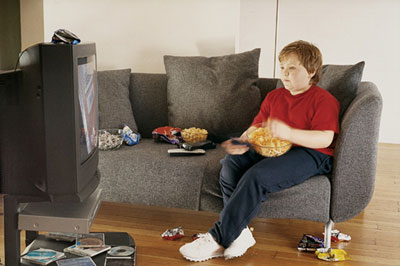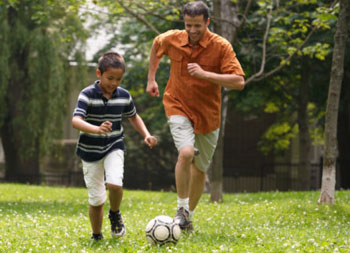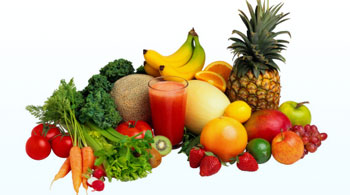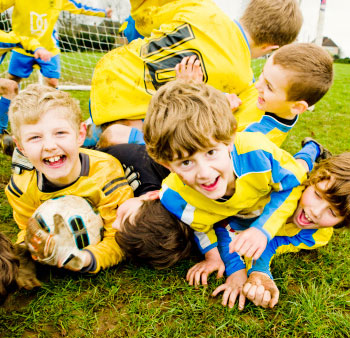-


-

- CHILDREN & HEALTHLIFESTYLE ADVISORY
-
Childhood obesity is a worrying factor as it may lead to obesity in adulthood and serious consequences thereafter. Overweight and obesity are caused by an energy imbalance where calories consumed exceed calories expended throughout the day. This leads to an increased fat storage in the body. The United Kingdom Government has initiated strategies aimed at reducing obesity rates in children which include a focus on increased habitual physical activity and sport participation, increased quality of school sports with safety taken into consideration and a healthy balanced low energy diet.

Parents have a strong influence on their children’s diet and physical activity and thus play an important role in prevention and control of obesity. Be a healthy role model for your children. Children will be more likely to eat fruits and vegetables and be physically active if parents are setting a good example.
Children do not grow at a constant rate, and there are differences in their physical development. Puberty for girls can vary from 8 to 13 years and for boys from 9 to 15 years. Thus children should begin resistance training depending upon their maturity level. An early maturing 14 year old girl may be ready for weight training, but a late maturing 14 year old boy may not be ready for heavy resistance exercise.
BENEFITS
- Exercise helps to burn calories, thus prevents excess weight gain.
- It also helps to develop strong muscles and bones. This can reduce injuries in sport and recreational activity.
- Flexibility training helps the children to be more flexible and overall it makes them more energetic.

-
EXERCISE RECOMMENDATION
Most children choose to participate in activities that consist of short-burst, high energy exercise. Encourage them to participate in sustained activities that use large muscle groups. The type, intensity, and duration need to be based on the maturity of the child, medical status and previous experience with exercise.
Exercise does not have to be structured. Physical activity should be enjoyable for children. Here are examples of some fun activities:
- Ride a bicycle
- Walk the dog
- Swim and splash in the pool
- Hop, skip and jump
- Play and run with friends
Strength training programs should be based on the child’s maturity, training age and specific needs.

TIPS
- Balance television, computer and video game time with exercise time. More time spent in front of the monitor is less time spent in activity
- Set times for homework, play and exercise
- Take your child to the park or playground, encourage learning of basic sporting skills such as throwing and kicking the ball, skipping, jumping, running and playing outdoor games such as throwing frisbee, roller skating or biking
- Children and adolescents should be encouraged to participate in a year round physical activity programme in order to increase fitness and improve health
- Young athletes should have proper nutrition and diet to ensure proper growth and energy for any physical activity
- They should be encouraged to drink plenty of water before, during and after an exercise session